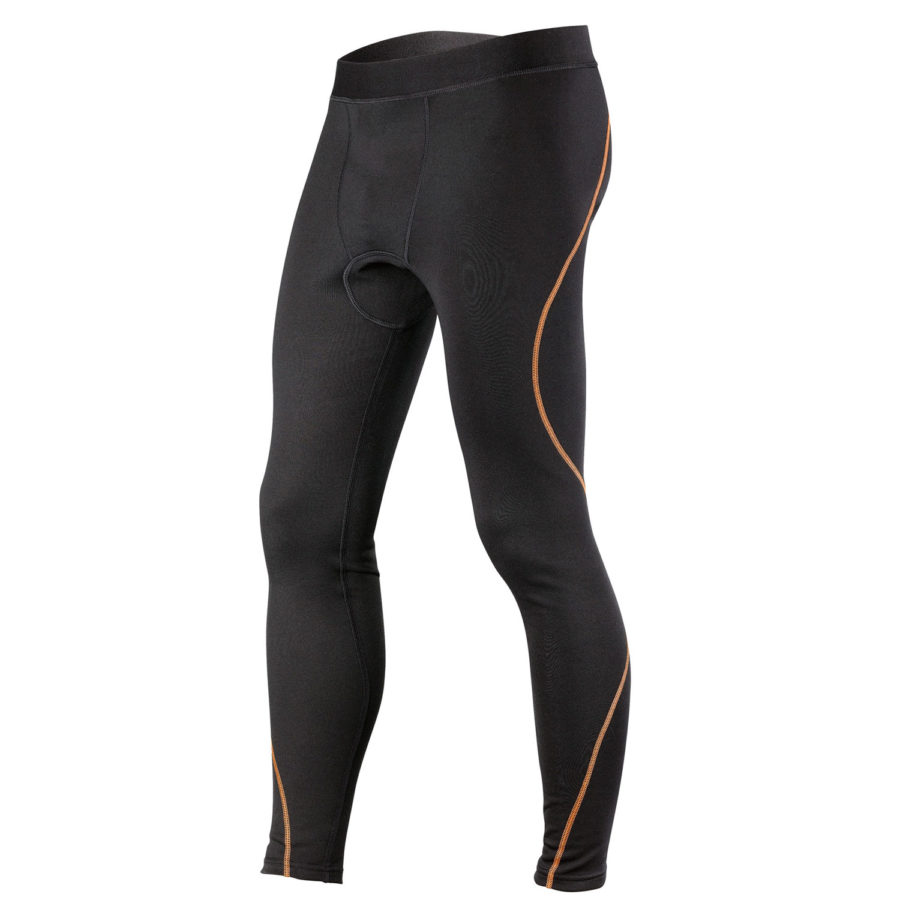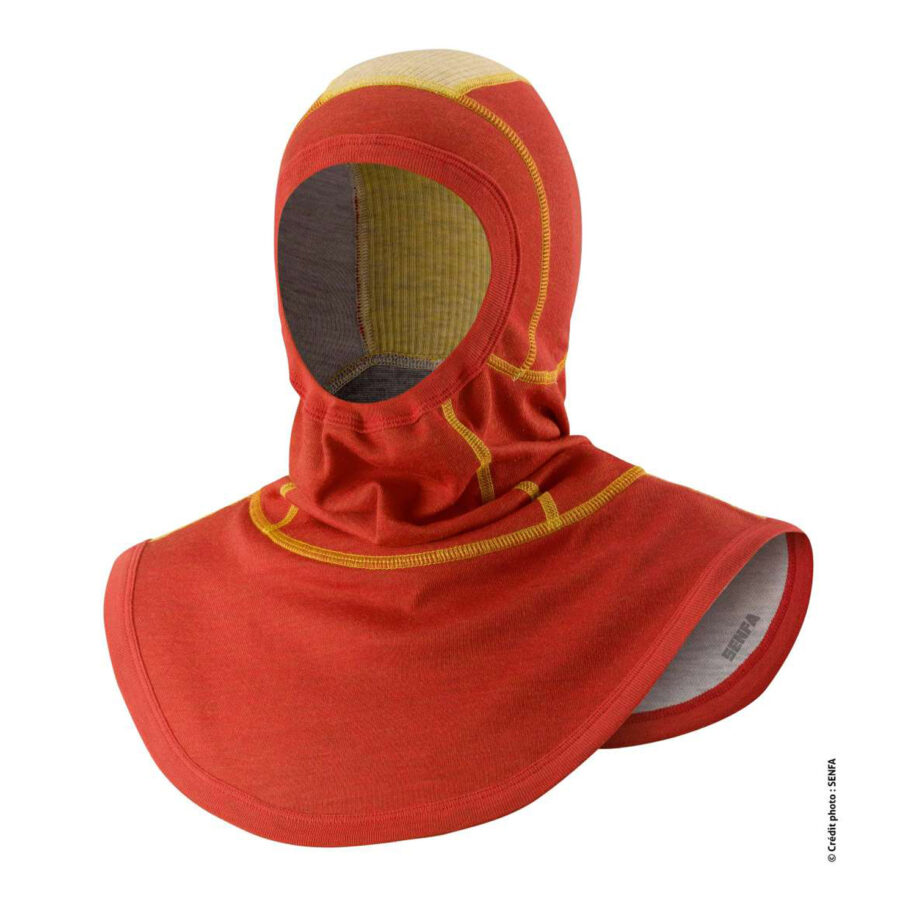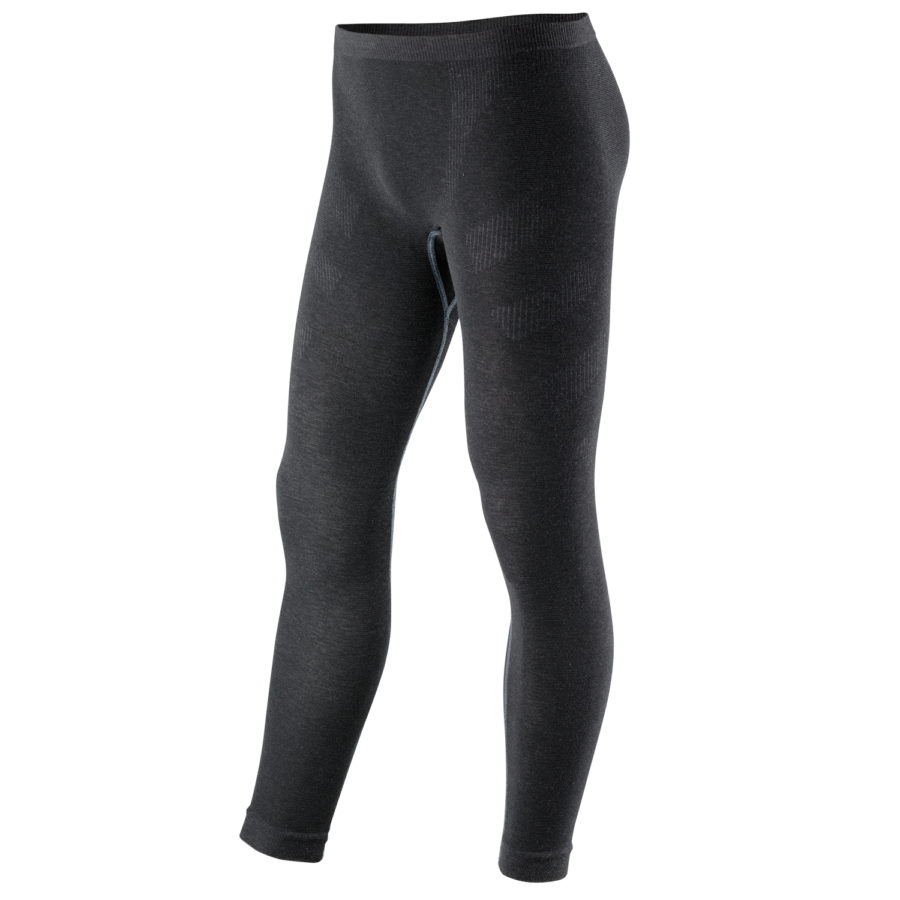Description
COMPOSITION
70% aramid | 28% viscose FR | 2% antistatics fibers
PRODUCT FEATURES
• Elastic in the opening for head (to improve the positioning of the equipments with head)
• Specific soft aramid inner side to increase the skin comfort
• Flat seams that guarantee a excellent comfort
• Thermo bonding label wash resistant up to 95° C
• Central seam under the chin
PERFORMANCES
• Excellent evacuation of perspiration
• Thermal stress reduction
• Protection against heat and flames
• Comfortable
• Long durability
• Antistatic
• Lightweight
ENTRETIEN

COLORS
Navy
Yellow
SIZE
Unique
CERTIFICATIONS
EN ISO 13911 : 2017
EN 1149 /5 : 2008
Regulation UE 2016/425
PACKAGING
Individually transparent plastic bag
PERSONALISATION

SAFLEX COMMITS TO THE ENVIRONMENT
SAFLEX COLLECTION
Environmental protection is part of our DNA, which is why we have put in place a sustainable development approach to upgrade our end-of-life products. In partnership with a French company, the products are transformed to be reused in thermal insulation for various markets.
Contact us for more information
5 reasons to recycle your garment
- Less sources of pollution
- Reduce the consumption of energy and natural resources
- Limit storages costs
- Limit the cost of evacuation and treatment of household waste
- Create employment











